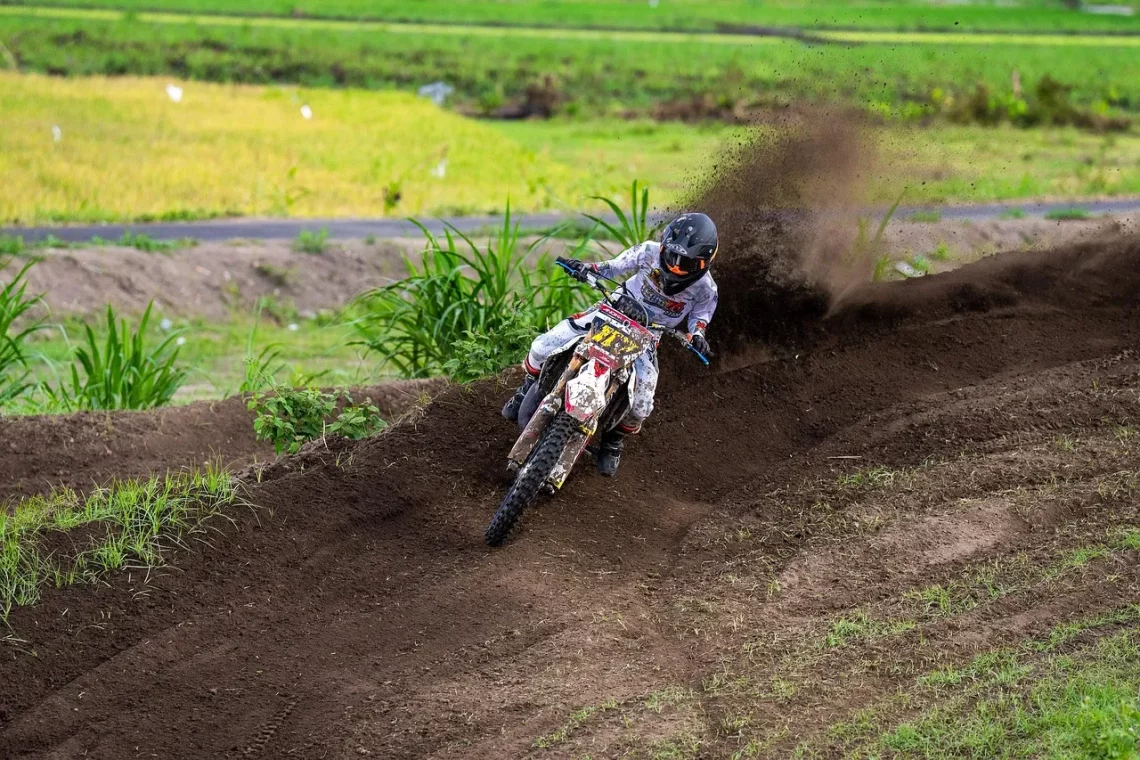
Effective Training for Aggressive Dogs in Your Area
Effective Training for Aggressive Dogs in Your Area
Training an aggressive dog can be one of the most challenging yet rewarding aspects of pet ownership. Aggression in dogs can stem from various factors, including fear, territorial instincts, or a lack of socialization. It’s essential to recognize that aggression is a behavior that can often be modified through proper training techniques and strategies. Understanding your dog’s triggers and reactions is the first step toward creating a positive training environment.
As responsible dog owners, we must ensure the safety of our pets and those around them. Aggressive behavior can lead to dangerous situations if left unaddressed. Therefore, it is crucial to approach the training process with patience and consistency. Training an aggressive dog not only improves their behavior but also enhances the bond between the dog and the owner.
Incorporating effective training methods can lead to a happier and healthier life for both your dog and your family. This article explores various strategies for training aggressive dogs, emphasizing the importance of positive reinforcement, socialization, and professional help when needed. By understanding these fundamental concepts, you can create a safer and more enjoyable environment for everyone involved.
Understanding Aggression in Dogs
Before embarking on a training journey, it’s vital to grasp the underlying causes of aggression in dogs. Aggression can manifest in numerous forms—reactivity, fear-based aggression, territorial behavior, and protective instincts are just a few examples. Each type of aggression has distinct triggers and requires tailored approaches for effective intervention.
Fear-based aggression is one of the most common forms, often stemming from past traumas or insufficient socialization during a dog’s formative months. These dogs may react aggressively when they perceive a threat, often leading to defensive posturing or barking. Recognizing the signs of fear can help owners intervene early, preventing escalation.
On the other hand, territorial aggression typically arises when a dog feels that its space is being invaded. This reaction can occur at home, where a dog may become aggressive toward visitors, or outside when encountering unfamiliar dogs. Understanding the context of a dog’s aggression is crucial for developing a training plan that addresses specific triggers.
Another factor to consider is the breed or individual temperament of the dog. Some breeds are naturally more predisposed to aggressive tendencies, which may require more diligent training efforts. However, it’s essential to remember that aggression is not solely determined by breed; individual experiences play a significant role.
Incorporating behavioral assessments can help identify the root causes of aggression and inform the training process. Observing your dog’s body language and responses in various situations can provide insight into what triggers their aggressive behavior. By understanding the nuances of aggression, owners can develop a more effective training strategy tailored to their dog’s specific needs.
Positive Reinforcement Techniques
Positive reinforcement is a cornerstone of effective dog training, especially for aggressive breeds. This method involves rewarding desirable behaviors rather than punishing undesirable ones. The idea is simple: when a dog behaves appropriately, they receive a reward, reinforcing that behavior for the future.
For aggressive dogs, positive reinforcement can help build trust between the owner and the pet. Start with small, manageable tasks, such as teaching basic commands like “sit,” “stay,” or “come.” When your dog successfully follows a command, offer a treat, praise, or playtime as a reward. This process helps the dog associate positive outcomes with good behavior.
When addressing aggression, it’s crucial to reward calm and non-aggressive behaviors in situations that typically trigger aggression. For example, if your dog tends to bark at strangers, practice controlled exposure by having a friend approach while you reward your dog for remaining calm. This gradual desensitization can alter your dog’s response to triggers over time.
Consistency is key in positive reinforcement training. Use the same commands and reward systems each time to help your dog understand expectations. Additionally, avoid using punishment, as this can exacerbate aggressive tendencies or lead to fear-based responses.
It’s essential to be patient and allow your dog to progress at their own pace. Training aggressive dogs can take time, and setbacks are common. By focusing on positive reinforcement, you create an environment where your dog feels safe and secure, ultimately leading to better behavior.
Socialization as a Vital Component
Socialization is a critical aspect of training aggressive dogs. Exposing your dog to various environments, people, and other animals at an early age can significantly reduce aggressive tendencies. However, it’s never too late to start socializing a dog, even if they are older or already displaying aggressive behavior.
Begin with controlled environments where your dog can interact with other animals or people in a safe manner. Dog parks, training classes, and organized playgroups can provide opportunities for socialization. Ensure that these interactions are positive and monitored, gradually increasing the level of exposure as your dog becomes more comfortable.
During socialization, watch for signs of stress or discomfort in your dog. If they display signs of aggression or fear, it may be necessary to step back and reassess the situation. Gradual exposure helps build your dog’s confidence and reduces anxiety, which can significantly impact aggressive behavior.
Incorporating positive reinforcement during socialization is vital. Reward your dog for calm behavior during interactions and provide treats or praise when they successfully navigate new experiences. This reinforcement helps your dog associate social situations with positive outcomes.
Remember that every dog is unique, and their socialization needs may vary. Some dogs may thrive in group settings, while others may require one-on-one interactions. Tailor your approach to your dog’s personality and comfort level, ensuring that the process is enjoyable for both you and your pet.
Seeking Professional Help When Necessary
While many aggressive behaviors can be modified through consistent training and socialization, some situations may require professional assistance. If your dog exhibits severe aggression, such as biting or unmanageable reactivity, seeking help from a certified dog trainer or behaviorist is advisable.
Professional trainers bring expertise and experience to the table, often employing specialized techniques tailored to address aggressive behavior. They can assess your dog’s specific needs and create a customized training plan that incorporates effective strategies for modification.
In addition to training, professionals can help educate owners about dog behavior and communication. Understanding your dog’s body language and cues is essential for preventing aggressive incidents and managing triggers effectively.
When choosing a trainer, look for someone with a solid reputation and positive reviews. It’s essential to find a trainer who utilizes humane training methods, such as positive reinforcement, rather than fear-based tactics. A knowledgeable trainer will prioritize the well-being of your dog and promote a healthy, trusting relationship.
In some cases, a veterinarian may recommend behavioral therapy or medication to address underlying issues contributing to aggression. If your dog’s behavior poses a risk to themselves or others, don’t hesitate to seek professional guidance to ensure a safe and effective approach to training.
In conclusion, training an aggressive dog requires patience, understanding, and a commitment to positive reinforcement. By acknowledging the causes of aggression, utilizing effective training techniques, and seeking professional assistance when necessary, you can pave the way for a more harmonious relationship with your furry friend. Remember, every dog is capable of learning and growth, and with the right approach, you can help them become a well-adjusted member of your family.
*This article is for informational purposes only and should not be considered medical advice. For health-related concerns, please consult a qualified veterinarian.*




